How long does an inflamed colon take to heal?
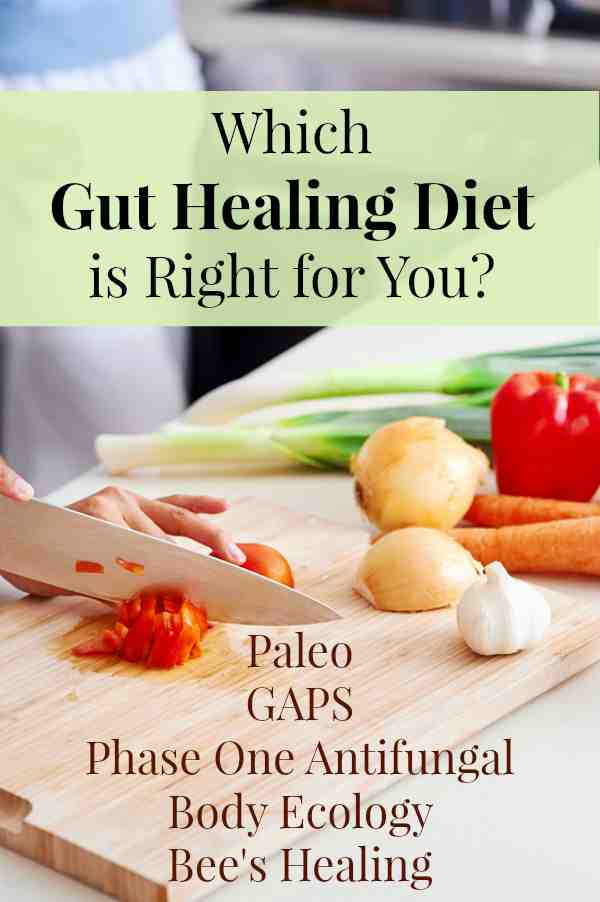
Ulcerative colitis is an IBD that causes your colon (large intestine) to become red and swollen. Redness and swelling can last for weeks or months. This may interest you : How can I clean out my bowels fast?. Ulcerative colitis always involves the last part of the colon (rectum).
Can inflammation of the colon be eliminated? No, IBD cannot be cured. There will be a period of remission when the disease is not active. Medications can reduce inflammation and increase the number and length of remission periods, but there is no cure.
How do you get rid of inflammation in your colon?
Medications for inflamed colon This may interest you : What foods cause polyps?.
- anti -inflammatory drugs, such as corticosteroids and aminosalicylates.
- immunosuppressants.
- antibiotics.
- anti -diarrhea medicine.
- supplements, such as iron, calcium, and vitamin D.
What relieves inflammation of the colon?
Anti-inflammatories include corticosteroids and aminosalicylates, such as mesalamine (Asacol HD, Delzicol, others), balsalazide (Colazal) and olsalazine (Dipentum). The medications that you take depend on the area of your colon that is affected.
How long does it take for inflamed intestines to heal?
Treatment often involves intravenous nutrition to allow the bowel to rest, which typically resolves the disease within a week or two. However, in some cases, surgery may be necessary.
How long does it take colon inflammation to heal?
Treatment often involves intravenous nutrition to allow the bowel to rest, which typically resolves the disease within a week or two. This may interest you : Does oatmeal clean your colon?.
How does it feel when colon is inflamed?
Inflammation of the colon, or colitis, can occur for many reasons. It may be due to a short -term infection from consuming contaminated food, or a sign of a chronic condition, such as Crohn’s disease or ulcerative colitis. Symptoms of colitis can include abdominal cramps, diarrhea, nausea, and bloating.
How long does a colon flare up last?
Flare-ups can take days or weeks. Remission can last months or even years. Read also : What is the hardest meat to digest?. You can go from mild flare-up to severe and go back. Or, it can be more advanced and spread to other parts of your point.
Will a colitis flare-up go away on its own?
Ulcerative colitis tends to be a chronic condition that does not get better on its own. Without treatment, symptoms can persist and become worse, and inflammation can spread at the point. There is also a risk of further damage to the layers of dots with each flare-up.
How does it feel when colon is inflamed?
Infections, poor blood supply, and parasites can all cause an inflamed colon. If you have an inflamed spot, you will likely experience abdominal pain, cramping, and diarrhea.
What does colitis poop look like?
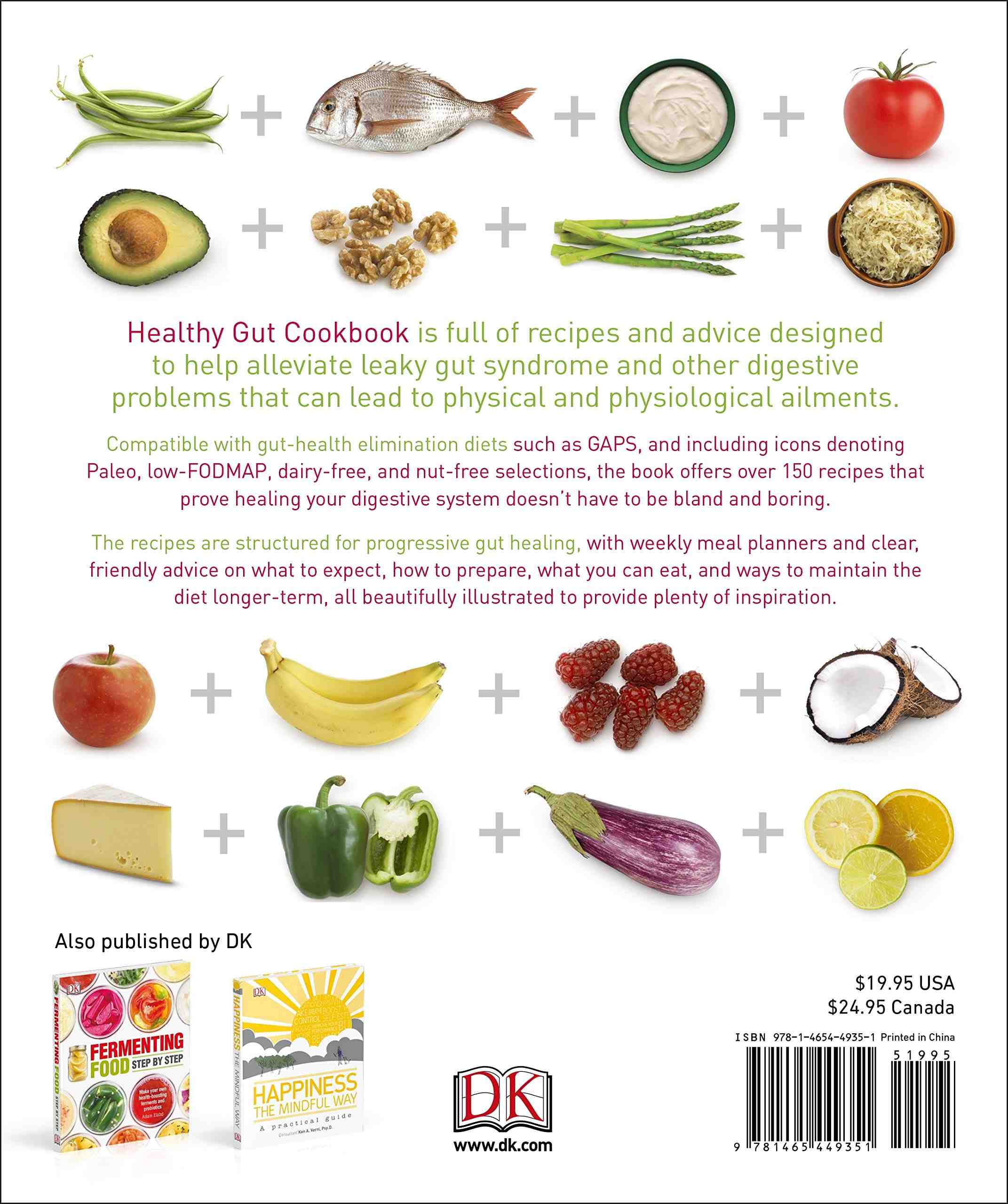
Symptoms of ulcerative colitis associated with stool include: diarrhea. The bleeding stools may be bright red, pink, or tarry. This may interest you : What is the easiest meat to digest?. urgent bowel movements.
Do you have normal stools with colitis? Although most people with UC will have loose stools, some may also experience constipation. However, inflammation is more common among people with proctitis, where inflammation and ulcers only affect the rectum. Symptoms of constipation include: decreased frequency of bowel movements.
How many times a day do you poop with colitis?
People with mild ulcerative colitis are said to have less than four bowel movements each day with intermittent rectal bleeding. Read also : What foods are safe to eat before bed?. Moderate to severe ulcerative colitis is defined through more than six stools a day with frequent rectal bleeding.
Does colitis make you poop a lot?
People with UC can experience painful abdominal cramps and often need to empty the bowels. According to the Crohn’s and Colitis Foundation (CFF), people with UC can also experience the following symptoms: diarrhea.
Do symptoms of colitis come and go?
Inflammation in ulcerative colitis starts in the rectum and can spread to the colon. Symptoms may be constant or may come and go. These include diarrhea, weight loss, abdominal cramping, anemia, and blood or pus in the bowel movements.
Can you tell if you have colitis from a stool sample?
White blood cells or certain proteins in your stool may indicate ulcerative colitis. Fecal samples can also help eliminate other disorders, such as infections caused by bacteria, viruses and parasites.
How do they test to see if you have colitis?
Your doctor will use a flexible tube called a colonoscope to view all of your spots. They can also perform a biopsy, or take tissue samples, if needed. These tests can help determine the severity of ulcerative colitis and Crohn’s disease, as well as distinguish between the two diseases.
What is the stool test for colitis?
A non-invasive laboratory test, called Fecal Calprotectin, is available as a diagnostic tool that helps to monitor people who have inflammatory bowel disease (Crohn’s disease, ulcerative colitis, indeterminate colitis) and to distinguish it from irritable bowel syndrome.
How do you poop with colitis?
But even if you take these medications for your condition, you thought you needed other medications to help the constipation.
- Increase your fluid intake. …
- Take a stool-bulking agent. …
- Use osmotic laxatives. …
- Eat more fiber. …
- Engage in regular physical activity. …
- Ask your doctor about biofeedback.
What does your poop look like when you have colitis?
Usually there is bloody feces and ulcerative colitis. When chronic inflammation damages the lining of your colon, ulcers can develop. Ulcers can bleed, leading to blood passing into your stools. These can appear as bright red, pink, maroon, or sometimes even black stools.
Does colitis make you poop a lot?
But if you have UC, inflammatory bowel disease (IBD) that causes painful bowel cramps and frequent bathing, those five worlds can be your spell. Everybody poops, but anyone with IBD can attest to how big of a role a bowel movement can play in everyday life.
How do you calm an inflamed colon?
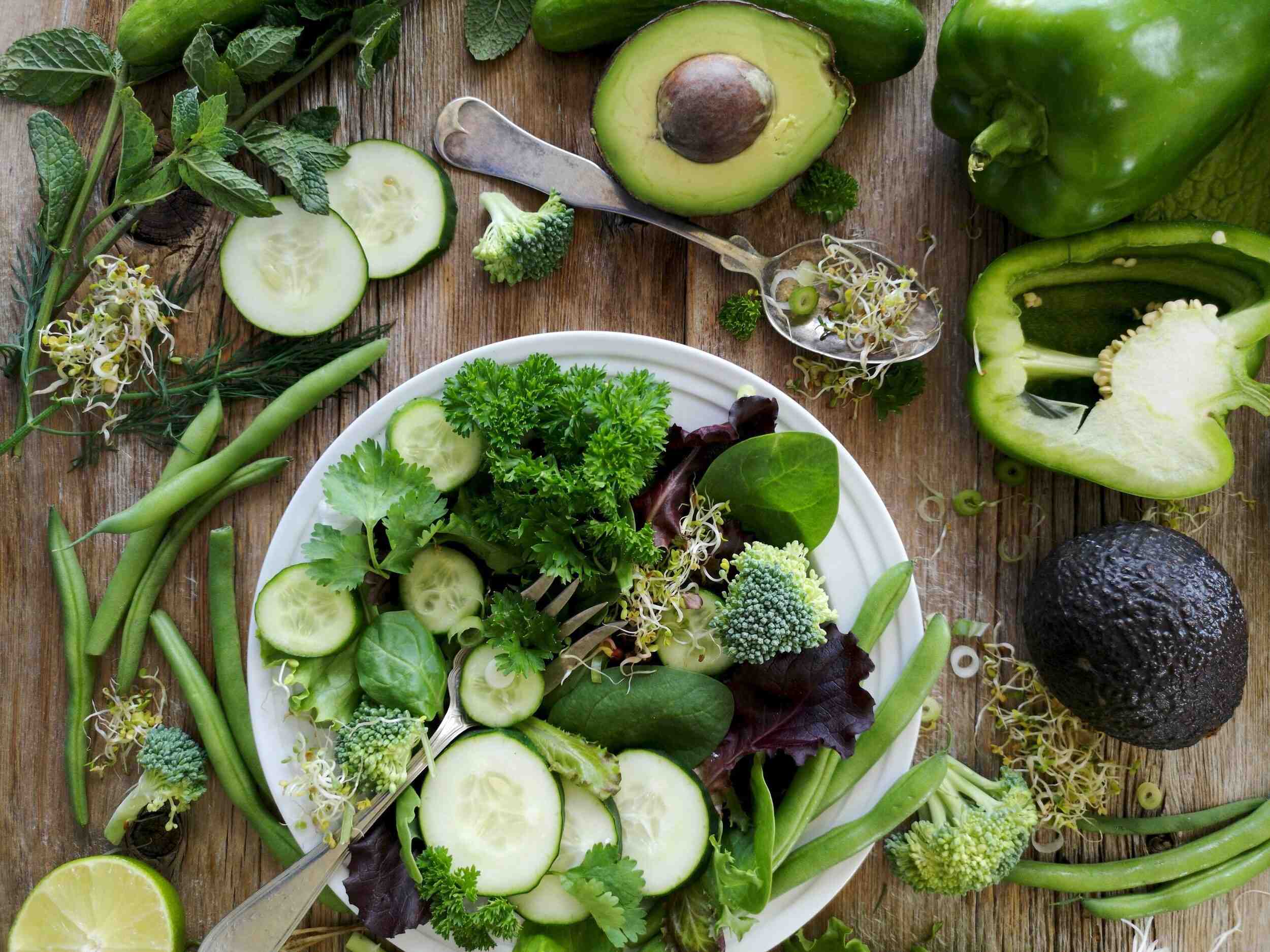
Medications for inflamed colon
- anti -inflammatory drugs, such as corticosteroids and aminosalicylates.
- immunosuppressants.
- antibiotics.
- anti -diarrhea medicine.
- supplements, such as iron, calcium, and vitamin D.
How long does it take for the inflammatory spot to subside? Redness and swelling can last for weeks or months. Ulcerative colitis always involves the last part of the colon (rectum). They can be higher in points, up to involving all points. Ulcerative colitis never has a â € œskipâ € typical area of Crohnâ € TMs disease.
How does it feel when colon is inflamed?
Inflammation of the colon, or colitis, can occur for many reasons. It may be due to a short -term infection from consuming contaminated food, or a sign of a chronic condition, such as Crohn’s disease or ulcerative colitis. Symptoms of colitis can include abdominal cramps, diarrhea, nausea, and bloating.
What Does a colon flare up feel like?
These can include diarrhea, abdominal pain and cramping, rectal pain and bleeding, fatigue, and urgent bowel movements. Even if you feel powerless against these fluctuations, changes in your diet and lifestyle can help control your symptoms and extend the time between flare-ups.
How do you calm an inflamed colon?
Anti -inflammatory drugs are often the first step in the treatment of inflammatory bowel disease. Anti-inflammatories include corticosteroids and aminosalicylates, such as mesalamine (Asacol HD, Delzicol, others), balsalazide (Colazal) and olsalazine (Dipentum).
What does colon pain feel like?
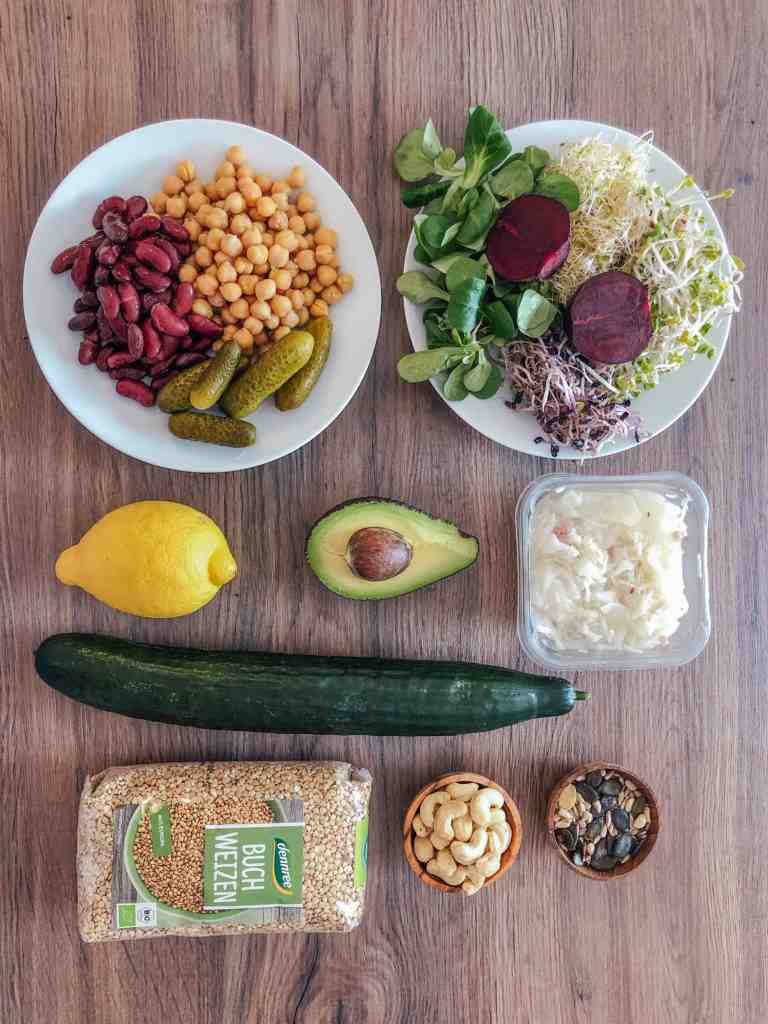
Sudden severe abdominal pain, especially in the lower abdomen and on the left side, common with colon spasms. The pain can vary in its intensity with each spasm. Gas or bloating. These symptoms can occur at any time of the day, regardless of diet.
Where do you feel the pain of your colon? The colon is in the abdomen and runs to the right side, across the abdomen, and down the left side. Therefore, pain coming from the spot can cause pain in different parts of the abdomen.
What does it mean when your colon hurts?
However, the colon is prone to inflammation that can lead to pain. The most common cause of colon pain is inflammatory bowel disease. This condition is usually triggered by improper diet, excess stress, inactive lifestyle or too many medications.
How do you stop colon pain?
Drinking plenty of water, eating fruits and vegetables, and reducing alcohol, cigarettes, caffeine, and processed foods can help symptoms if you are currently experiencing pain.
Is it normal for your colon to hurt?
Pain in your colon can be caused by temporary problems such as infections or common conditions such as lactose intolerance. In some cases, colon pain can be a sign of a serious illness, such as irritable bowel disease or diverticulitis. Pain can vary in location depending on what is causing it.
What does lower colon pain feel like?
Severe abdominal pain in the lower half of the abdomen, which seems worse with each meal and relaxed with bowel movements. Gas or bloating can bother you at any time of the day, regardless of diet.
What does sigmoid colon pain feel like?
If there is a problem in your sigmoid spot, you thought it would be abdominal pain. You may feel nauseous or lose your appetite, and you may experience diarrhea or constipation. You may also notice blood in your stool.
Where is colon pain usually felt?
pain. Sudden severe abdominal pain, especially in the lower abdomen and on the left side, common with colon spasms. The pain can vary in its intensity with each spasm.
What foods are hard on colon?
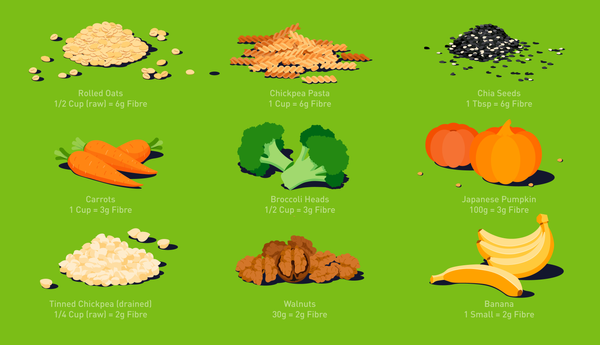
Fiber, a type of carbohydrate that is not digested by your body, is what makes these foods difficult for people who have an inflamed colon. In addition to raw vegetables and fruits, stay away from cooked kale, peas, winter squash, broccoli, Brussels sprouts, cabbage, onions and corn.
What foods clog your intestines? Some things can make it easier for you to stop. The most common nuts are dairy products, sugary sweets, and high -fat meats. Be easy on steaks and marbled sausages, cheese, ice cream, cakes, cookies, and frozen or packaged foods, which tend to lack fiber.
What foods trigger diverticulitis?
Actually, no specific foods are known to trigger diverticulitis attacks. And no special diet is proven to prevent attacks. In the past, people who had small bags (diverticula) in the lining of the colon were told to avoid nuts, seeds and popcorn.
How do you stop flare-up diverticulitis? Consume a liquid diet or a low fiber diet until your acidity improves. Rest as needed. Sometimes, doctors recommend surgery for people with more serious flare-ups or recurrent diverticulitis. Surgical removal of the affected part of the colon (with infected or inflamed diverticula) should solve the problem.
What can worsen diverticulitis?
Lifestyle remains the main culprit behind flare-up diverticulitis. A high-fat, low-fiber diet commonly followed in Western countries can exacerbate the symptoms of diverticulitis. Lack of fiber in food can cause constipation and intestinal strain.
How do you calm inflamed diverticulitis?
Cases of mild diverticulitis are usually treated with antibiotics and a low -fiber diet, or medications can start with a rest period where you don’t eat anything by mouth, then start with clear fluids and switch to a low -fiber diet until your condition improves. . More severe cases usually require hospitalization.
What should you avoid if you have diverticulitis?
In the past, doctors have recommended that people with diverticular disease (diverticulosis or diverticulitis) avoid foods that are difficult to digest such as nuts, corn, popcorn, and seeds, for fear these foods will get stuck in the diverticula and cause inflammation. .
Sources :
